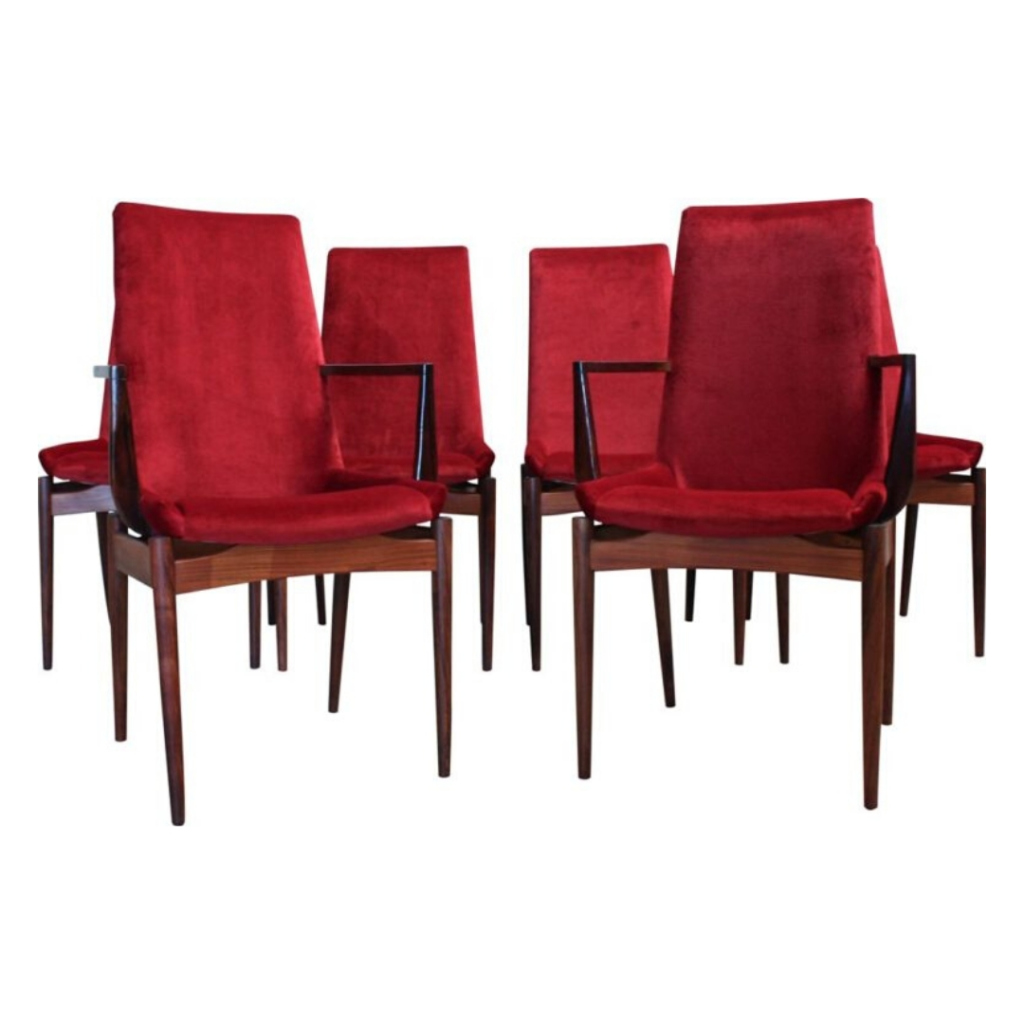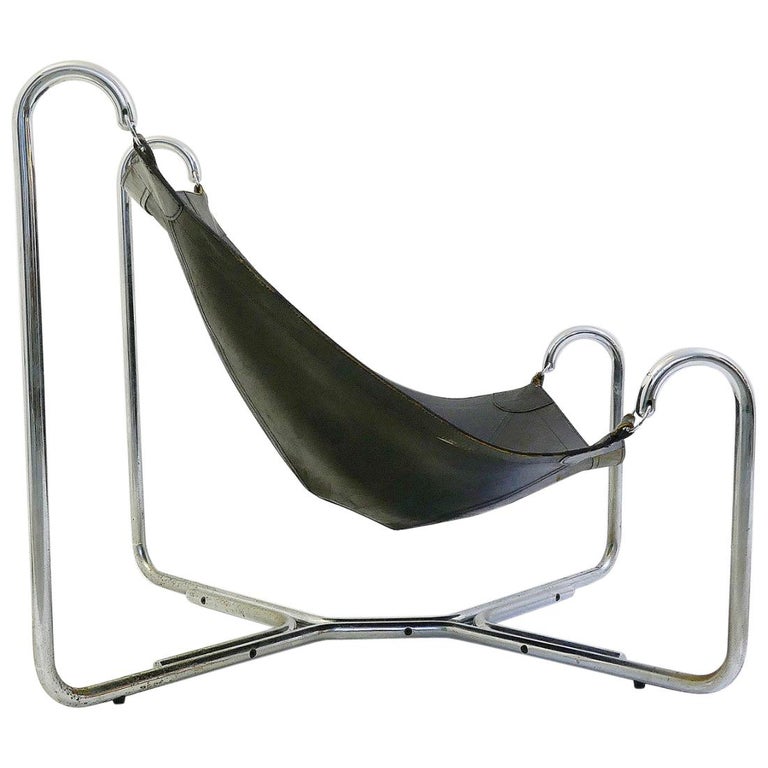I am finally been finding some time to work on the two early round chairs that I got a few months ago. The caning was gone, and the joints were mostly loose. I have used a handheld HAAN steam cleaner to loosen the joints to get the chair apart. A couple of the tenons did not want to come loose, so I think I am going to leave them. Debating whether to remove all the dowels and replace them. That would probably be the wise thing to do, given that the original glue joints have already been failing. Anyway, the original glue that was used is a very shiny, dark, even black looking glue. While steam and heat helped to loosen the joints, chunks of this glue do not seem to soften if I put them into boiling water, so I am thinking that it must not have been hide glue. Urea Formaldehyde glue has been suggested to me. Or, perhaps Resorcinol (although the glue does not seem to have a red color to it)?

Hide glue would
certainly not be used in production, today, would it ?
There are two sorts of plastic resin, thermoset and thermoplastic. The former are not softened with heat, nor would I expect them to react to volatile liquids.
If the dowels are set firmly in place, and are sound, I would reuse them. Drilling out and replacing dowels is a risky and troublesome business.
A dry fit will determine if the dowel fits snugly into the hole it came from. Existing glue should be removed, though if sound and you're using epoxy, I would say the glue could stay. Removing glue from pin and hole may make for a sloppy joint. Too much slop would not be welcome; if the dowel is too slender it could be enlarged by slitting the center and adding a wedge, then reshaping the pin as necessary.
As I recall the video we once saw, here, showing production of a couple of Wegner's chairs, the legs of the round chair have their top dowels turned integral with the leg. At least, that's what it looked like as the piece was assembled. I remember being impressed by the relatively modest amount of glue being applied. A perfect fit is essential to such a joint. I wonder if the hole and the tenon weren't slightly tapered . . .
SDR,Yes, the dowel at the...
SDR,
Yes, the dowel at the top of the leg is turned as part of the same piece of wood.
The chunks of glue from inside the mortises of my chairs is much like broken pieces of Bakelite, in appearance. The edges are sharp enough that you might be able to cut yourself on them. No solvent I have tried seems to affect them -- alcohol, lacquer thinner, acetone. And boiling water also has no effect.
In the recent PP Mobler video you mention, it appears that the factory currently uses PVA glue. Fine Woodworking magazine did scientific tests of glues a while back, using bridle joints to test each glue by breaking them mechanically. Type I PVA glue (Titebond III) was the overall winner. Slow set epoxy was close, but epoxy did not come in first even for use on tropical woods, or in loose fitting bridle joints (they tested each glue with tight, snug, and loose bridle joints).
Polyurethane glue came in last. They also tested hide glues and standard PVA glue.
I suspect it is urea...
I suspect it is urea formaldehyde glue. It is used in some construction grade plywood as well (exterior sheathing, I believe), so if you probably recognize it from there.
I have seen UF glue used for laminating solid teak table tops and such (France and Søn as well as Aasbjerg used it to laminate solid teak). I have never seen it used for joints. But your description sounds very much correct, and I don't see any reason why not to use it.
One thing you might test is how well Ttiebond III sticks to it. (Nothing much sticks to Titebond, hence the need to remove it). If Titebond does stick to it you might not have to clean off as much glue, which could be a good thing for keeping the joints tight.
Leif,
As a glue, it does not...
Leif,
As a glue, it does not seem to have been really sticky, as the dowels came out virtually clean of glue residue, and most of the glue chips off the surface of the wood quite easily. I will need to clean the surfaces inside the mortises a little, but I think the cleaning job might have been more time consuming had a PVA glue been used.
That it chips off the wood li...
That it chips off the wood like that and is brittle is consistent with UF glue.
And if the dowels are firmly in the sockets I don't think I would not take them out. If you do, drill them out narrower then the dowel, then break the dowel into the hole. When it is all out, you can clean the hole with the appropriate size bit. It is slow, but minimally risky.
Looking forward to seeing the progress. I've got a bunch of these projects I need to get started on myself.
I stripped off the orange...
I stripped off the orange shellac someone had put on the two chairs at some point, and glued and clamped up one of them, then put on on a first coat of oil this morning. I have some 5mm binding cane on order for the seat and backrest, which should be here this week. I might get both chairs done before the end of the month.
Such a fine
thing. Designers continue to use this as inspiration; I like the Tokyo chair linked below.
Any thoughts on how that narrow slit is made, in the curved front rail ? Is there sign of a starter hole at either end ? Are any of the rails actually made from two pieces ?
A straight rail could be slit on the table saw. The curved one would have to be jig-sawn, it seems to me. No router cutter would last, at that depth . . .
http://www.architonic.com/pmsht/tokyo-bensen/1265289
I have not seen evidence of a...
I have not seen evidence of a drilled starter hole, but I assume one was probably made, and then a saw blade was passed through the hole to do the cutting. The kerf is a little more than 1/16" wide, so the blade may have been kind of thick in order to make the slot opening wide enough for the caning to pass through. But I do not know how they did all of this. Some kind of scroll saw?
The stretchers of the chair are not made of two pieces of wood, in any case.
When I clamped up the chair...
When I clamped up the chair after gluing the legs and stretchers I immediately made sure the arms/backrest would fit into place easily onto the dowel tips of the legs. Everything went together with no problem, so the tolerances in the fit of everything is pretty fine when the parts are clamped up.
I waited for the glue to set on the legs and stretchers before I glued and clamped the armrest/backrest into place.
With the original chair, it is the sides that are glued together first. The side stretchers of the chair connect to the legs with tenons. After they were glued together, the dowel holes for the front and back stretchers were drilled into the legs, and these holes pass through the tenons. So, the dowels of the front and rear stretchers lock into the tenons when they are glued in position.
Interesting.
I'm happy to know about construction details like this.
Many of our traditional joinery details seem designed to provide a stiff and secure joint all by themselves, as if glue were not present or would be expected to fail over time -- it seems to me. Traditional Japanese construction joinery -- presumably unglued -- especially exhibits this trait, but the simple wedged mortise and tenon connection seems to do so as well.
The interlocking of tenon with dowel seems at first to be another such example -- but I would argue that this configuration is simply the result of the need to have both stretchers intersect the leg at the same point, and the desire for the dowel (whose glue connection to the crossing grain of the leg is far less secure than that of the tenon) to penetrate as deeply as possible.
For the locking nature of the connection to come into play, the glue of the tenon joint would have to fail completely -- and I don't think anyone expects that. Glue prevents any wiggle at all, while the mechanical connection potentially does not -- so it's the glue which is really doing the work.
Møller chair also have these ...
Møller chair also have these interlocking tenons / dowels. It is a nice feature. The may be an inherited best practice from the days of less strong hide glue. I can imagine a variety of Danish makers would have adhered to such a practice even though PVA glue made it arguably less critical.
I love how this chair emphasizes its frame.
Looking good so far, tchp....
Looking good so far, tchp. Did any of the pieces come from my parts chair, or will those go towards the other chair?
For the interlocking dowel topic, I have some unattributed Danish rosewood dining chairs that also have this similar detail (although with three dowels per joint). I had always assumed it was merely a straightforward issue of portions of two dowels falling in the same 3D space due to how the rails meet the leg at 90 degrees. Since the dowels are the same diameter, once you drill through the first installed one, you pretty much lose any locking action as it cuts the dowel into two pieces. Now if the side rails had used a tall rectangular tenon, and the front/back rails had dowels drilled into that tenon at 90 degrees . . .
Looking forward to the re-caning photos. I'm glad I didn't have to tackle that effort for my chair.
cdsilva,Yes, the parts...
cdsilva,
Yes, the parts chair I got from you will be used towards the other chair. For now I do not want to disassemble the parts chair because I want to keep the seat caning intact, to use as a guide, as neither of my chairs had any seat caning when I got them.
One reason I mentioned the construction is that I believe it is typical that American made chairs often have the front and backrest section of the chair assembled first, and it is typical to remove these sections first when taking the chair apart. So, if one started hitting one of these Wegner chairs with a rubber mallet, trying to take the front or back off the chair, the dowels would still be locked into the tenons of the side stretchers, and would break off the back of the tenon (or worse). The PP Mobler video online shows that it is the side sections of the chair that are glued up first, so it is the side that get removed first when disassembling the chair (after removing the top/backrest or course).
If you need any help, please contact us at – info@designaddict.com









